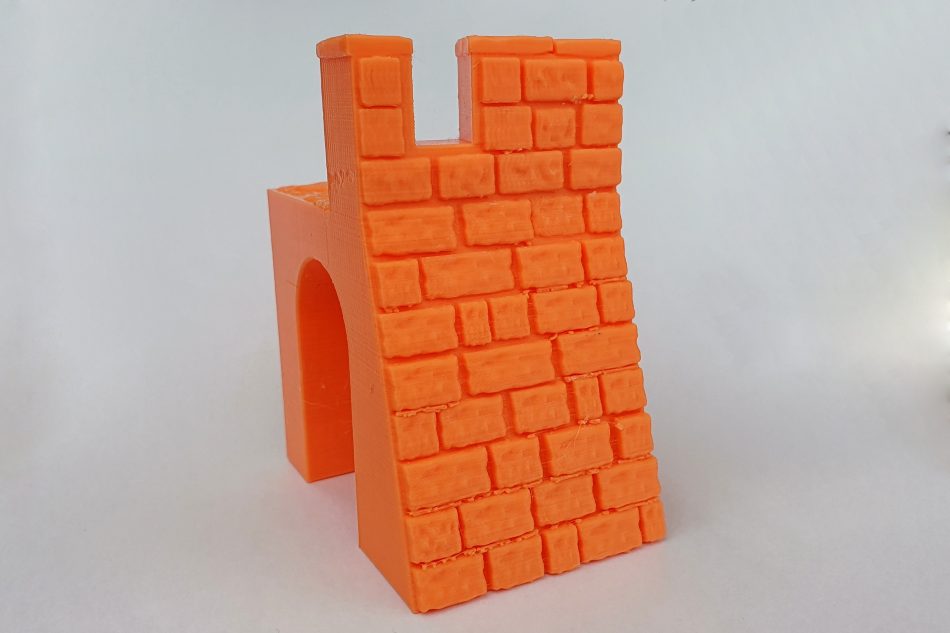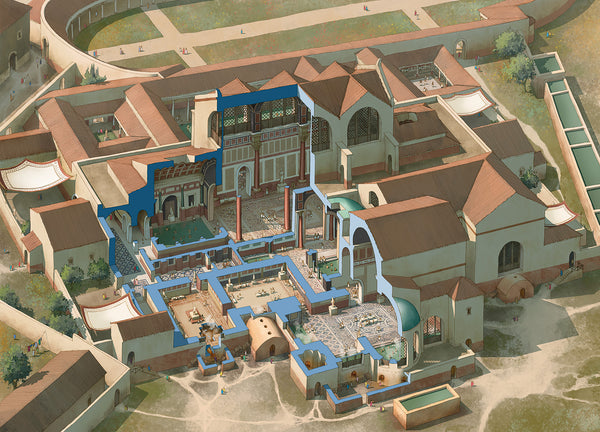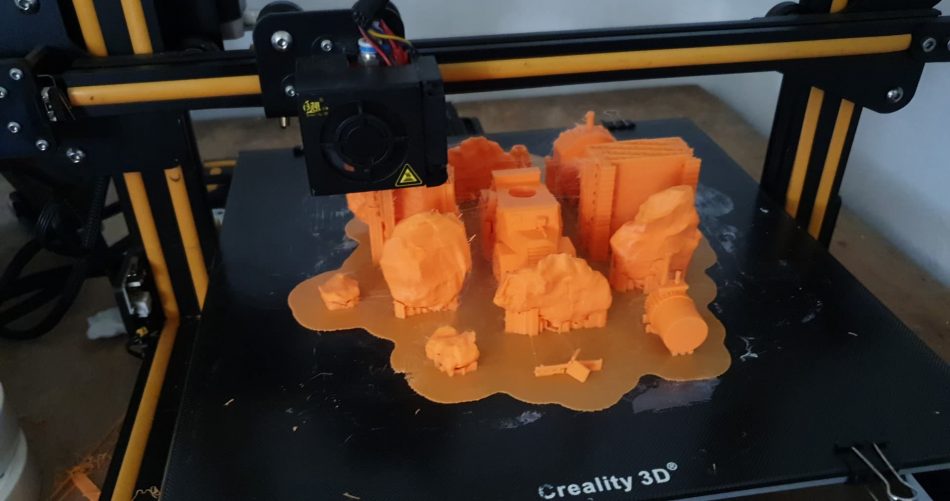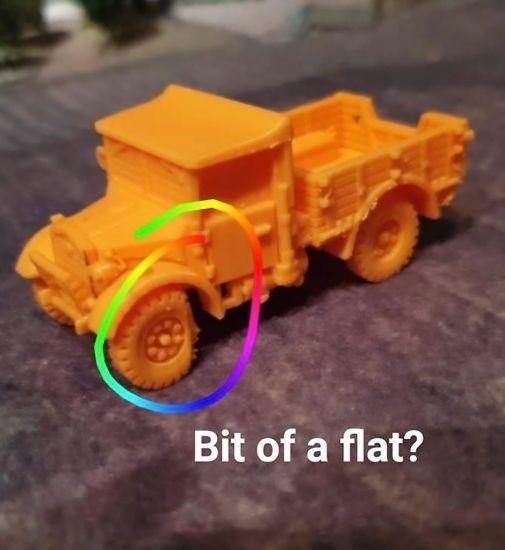The beauty and horrors of home 3D printing
Recently, I was lent a 3D printer by a very generous friend (thank you Wolfie!). It is a basic Creality CR-10, but it is still a fine printer. I'll be honest, I stared at it for a long long time before attempting to get it to work. I started with no knowledge of 3D printers, but by asking some friends and watching numerous Youtube videos, I have built my knowledge base and am now relatively ok with them.

Vauban wall by Laser Dream Works.
3D printers offer a whole world of possibility but this is not without plenty of pitfalls along the way. My first prints were 50/50, half the time either turning into spaghetti, finding that the print I'd made was the wrong size or had failed at some point due to some fault or setting. There is a steep learning curve.
You can find plenty of free STL files to print online (the 3D files you need, some better than others) but the decent ones (with better detail) you will usually have to buy. You could also design your own, but this also takes time and talent. Filament printers like the Creality CR10 are good at blocky models, such as vehicles and scenery, much less so for miniatures.
Resin printers are excellent for miniatures but are more expensive. They also use toxic chemicals and are more challenging to run. Most STLs can be easily resized to print in the scale you need. While having a 3D printer is incredibly useful, it is not without its pitfalls. They tend to break down, particularly if they are second hand. There's nothing worse than finding a fault halfway through a 3 day print.
If you are thinking of getting into 3D printing, I'd recommend doing a cost-benefit analysis before buying one. I'm borrowing mine, but to buy you are talking about at least £200 for a filament printer to £400 minimum for a resin printer. Then there are the costs of the raw materials (roughly £20 per kg for filament, £45 for resin) and electric. That's a lot of miniatures you could otherwise be buying. The one area I think 3D printing does excel is making things you can't easily buy. More 3D 'adventures' in future blogs.




